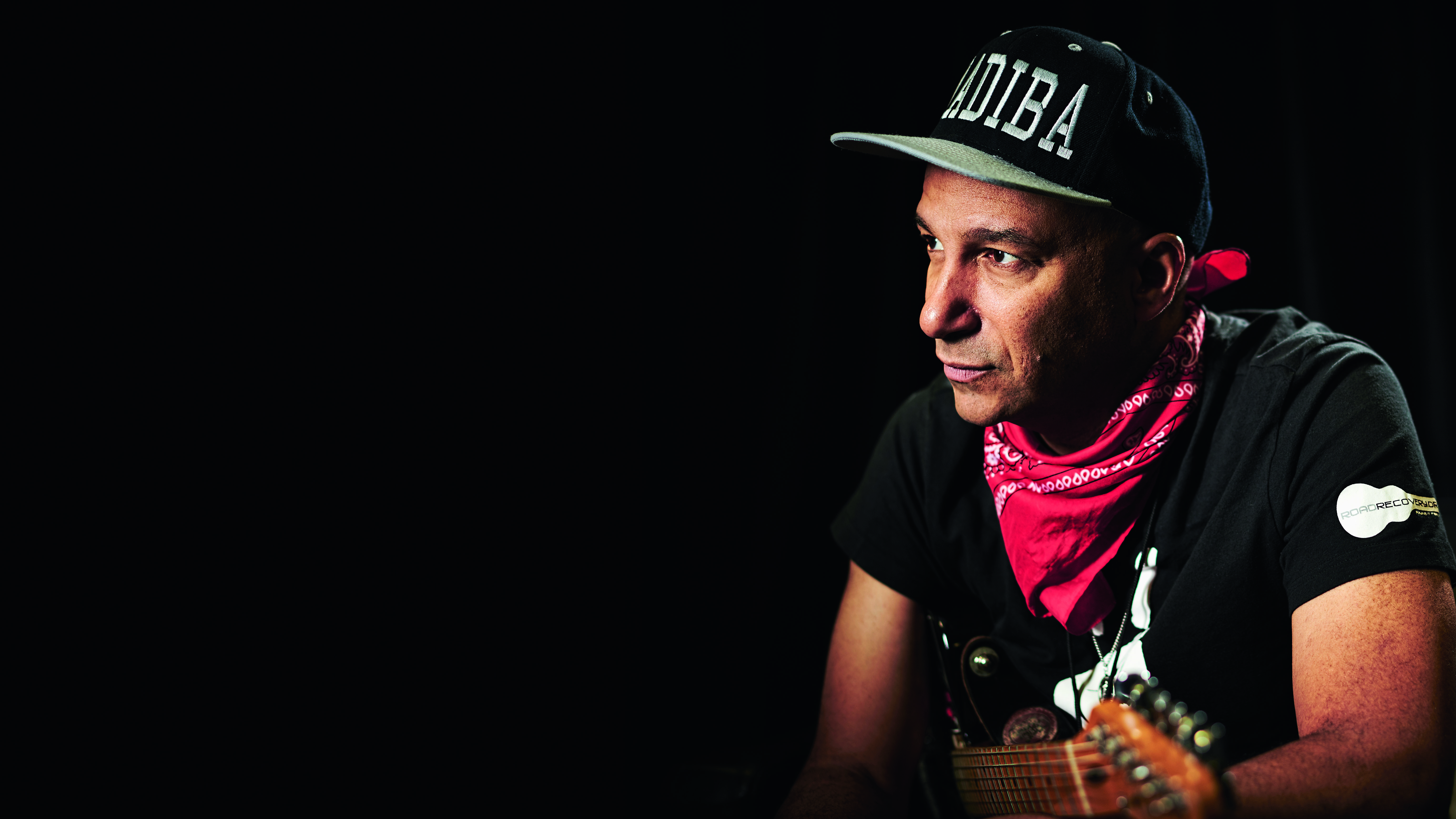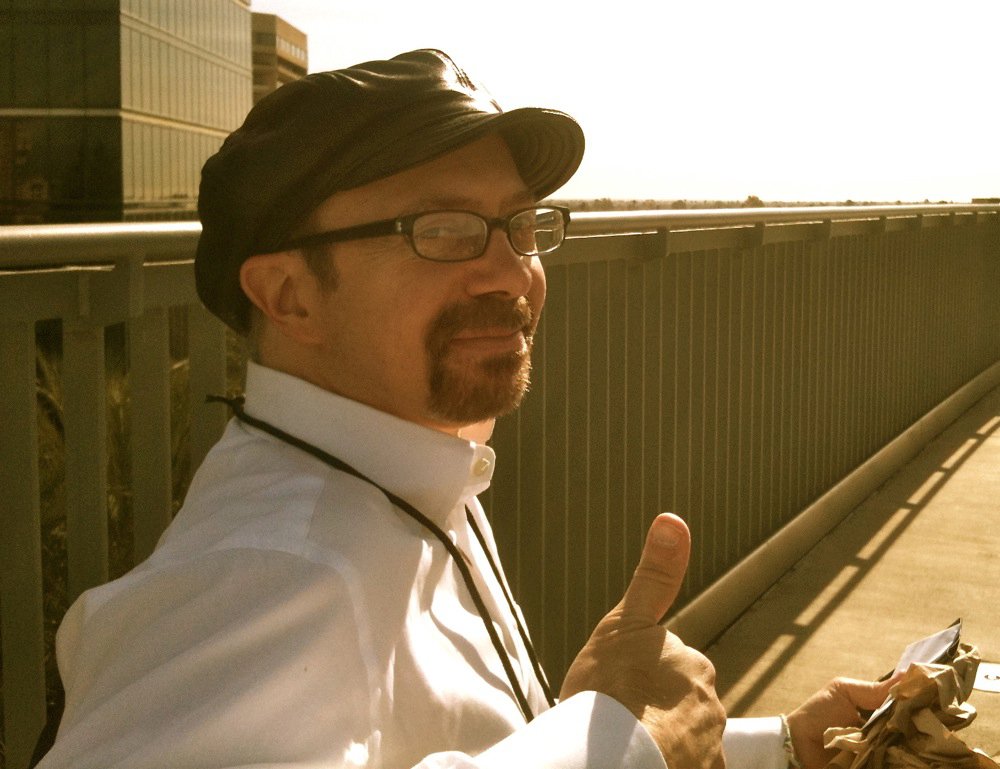
When asked to describe the lasting appeal of Bulls On Parade, the pulverising lead single from sophomore album, Evil Empire, Tom Morello can’t help but state the obvious: “Have you heard it? It’s a certifiable jam!”
Undeniably true, and this kind of unbridled attitude has always played a large part in the success story of a band intent on being not merely an explosive musical force but also a controversial and political message machine.
“Tipping over the apple carts of the powers that be was always at the forefront of everything Rage did,” Morello told us in 2011. “At the same time, when we got down to the very serious business of making music, we were hellbent on making equally strong statements.
"To that end, I decided to rail against the accepted rules of ‘shred’ guitar, which in my opinion were making every six-stringer around sound the same. One night, I decided to be the DJ in Rage Against The Machine, but I was going to do it all on the guitar. Discovering how to ‘scratch’ on the guitar and how to work the toggle switch like two turntables was key.”
By the time Morello and the rest of Rage hunkered down at Cole Rehearsal Studios in Hollywood, California with fast-rising producer Brendan O’Brien in the autumn of 1995, Morello was already being hailed as one of the most inventive and exciting guitarists to emerge in the post-Eddie Van Halen era. And he put every facet of his renegade skills to use on Bulls On Parade.
Hands were definitely on deck
Tom Morello
“We didn’t know it would be the first single when we started jamming on it,” said Morello, “but we realised quickly that it was a most potent piece of music. We recorded cassette demos as we wrote and jammed, and Brendan didn’t want to lose any energy as we worked. Our method of working was pretty much ‘jam, roll the cassette tape, then cut the real track’. Not a lot of time for overthinking and overtinkering.”
Morello remembered the song as a true group effort, with bassist Tim Commerford, who was listening to a lot of jazz at the time, coming up with the syncopated riff that kicks off the song. “Then I came up with the wah-wah guitar part [played through a Dunlop Cry Baby],” recalled Morello. “I also came up with the music underneath the verses – I was listening to a lot of Geto Boys back then, so I wanted something dark and sinister.”
Want all the hottest music and gear news, reviews, deals, features and more, direct to your inbox? Sign up here.
Zack was responsible for the rhythmic swing that drives the chorus. “He comes up with guitar parts, too,” said Morello. “And Brad [Wilk] worked up that awesome, artillery marching beat. Hands were definitely on deck.”
Surprisingly, the knockout opening riff was at first intended as the song’s coda. “When Brendan heard it, he zeroed right in on it and said, ‘Why don’t you try beginning the song that way?’,” Morello recalled. “It was exactly what the song needed. That’s why he’s Brendan O’Brien.

By the time the band had laid down the basics, the track was well rehearsed. “Zack was still writing lyrics when we cut the main track,” says Morello. “But we knew all the changes and what we were doing.” The band recorded the rhythm track live, needing only a few takes to nail it. “We were pretty much a press-and-play band,” he says. “We rarely used click tracks. The instinctive speeding up or slowing down of a take can make it much more exciting.”
Throughout his career, Morello has relied on but a handful of one-of-a-kind guitars. For Bulls On Parade, he used his ‘Arm The Homeless’ S-style guitar, built from a Custom Performance body, a 22-fret Kramer Carrera neck with a locking nut, and outfitted with an EMG 81 in the bridge and an EMG 85 in the neck position.
“I used [it] on the entire song,” he explained, “and that includes the solo, which I improvised in the tracking room with headphones on. That was another toggle-switch workout, the ‘scritchy-scratch’ DJ part that I had previously worked into the live version of Bullet In The Head. I knew I wanted to find a home for it on record, and Bulls On Parade was the perfect place.”

Effects-wise, the wah was king. “You can play the solo with no effects – just turn your amp up to 10. But what I did was I clicked the wah all the way down so it gave me white noise. One pickup was set to 10, the other to zero, then I toggled between them while rubbing my left hand on the strings to create friction.”
The guitar went through Morello’s go-to amp setup: a Marshall 50-watt 2205 and a Peavey 4x12 cabinet. “I’ve used that amp at every rock concert I’ve played since high school and on every record I’ve ever made. It’s an indispensable part of my sound.”
When the reunited Rage play Bulls On Parade live these days, they tune to F#, but Morello remembered F as the key in which they recorded the track. “It just worked,” he says with a laugh. “I know – most bands tune down or keep it in standard tuning. We’re weird in that we tune up!”
Evil Empire reached No 1 in the US and No 4 in the UK chart. “The album was a strong piece of work,” reflected Morello, “and I would call Bulls On Parade a real banger. With Timmy’s quintessential bass sound booming throughout, it’s like the world is exploding. I would also give it up for Brad and his supreme drumming – he shifts on a dime but never loses one iota of power. And Zack’s lyrics are so sophisticated and multi-dimensional. As for myself, I just tried to follow the dots on the guitar neck and get some rockin’ sounds. Overall, I think I held up my end.”
Tom Morello interview: "I made a solemn vow to myself that if I'm not going to be successful I might as well play music that I just love. And that's when we formed Rage Against The Machine."
Joe is a freelance journalist who has, over the past few decades, interviewed hundreds of guitarists for Guitar World, Guitar Player, MusicRadar and Classic Rock. He is also a former editor of Guitar World, contributing writer for Guitar Aficionado and VP of A&R for Island Records. He’s an enthusiastic guitarist, but he’s nowhere near the likes of the people he interviews. Surprisingly, his skills are more suited to the drums. If you need a drummer for your Beatles tribute band, look him up.
